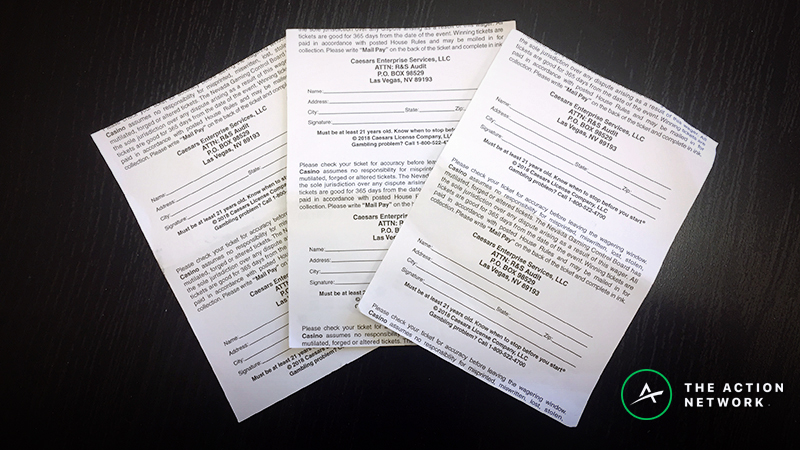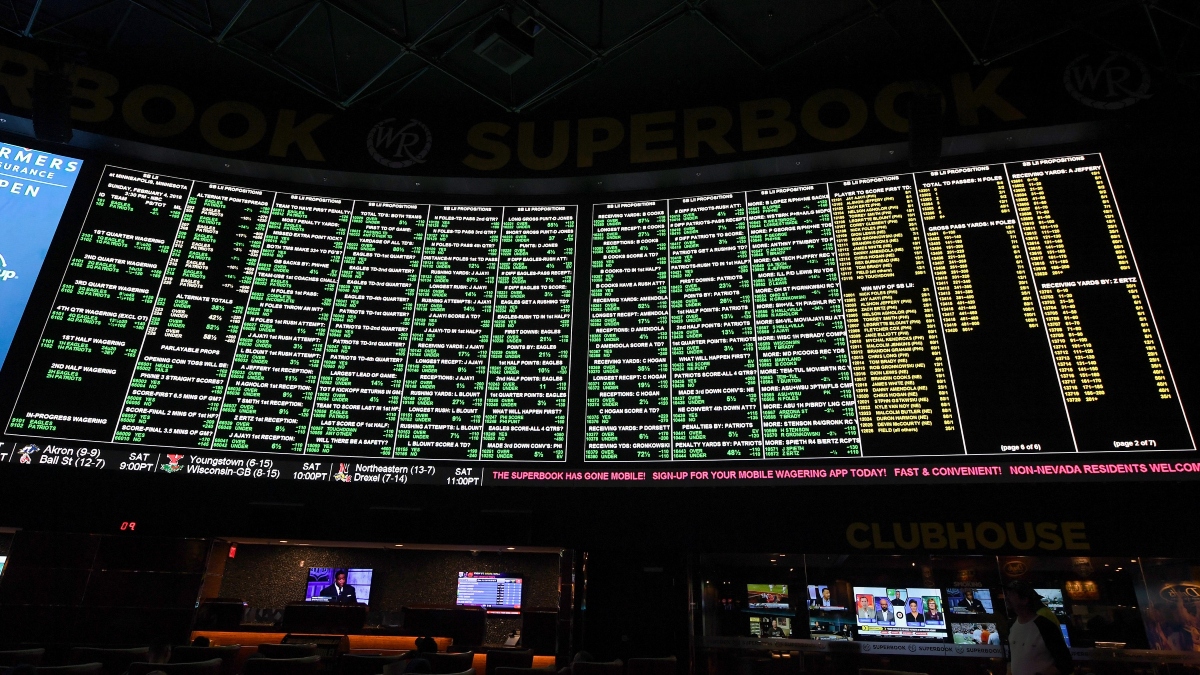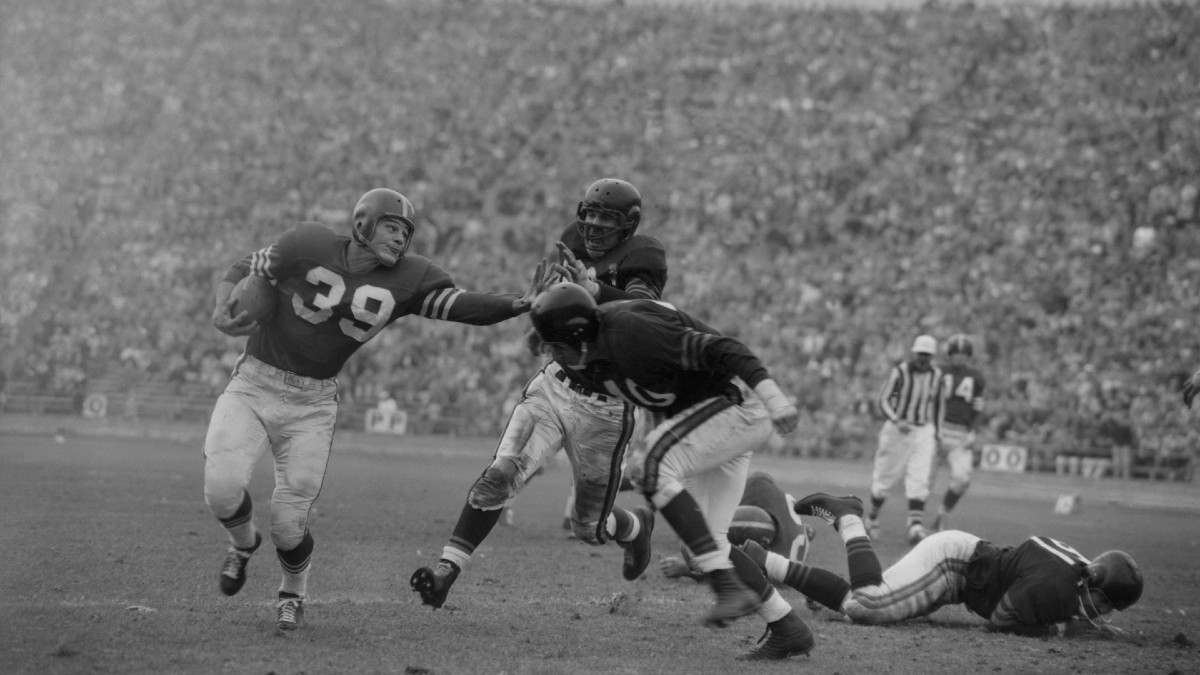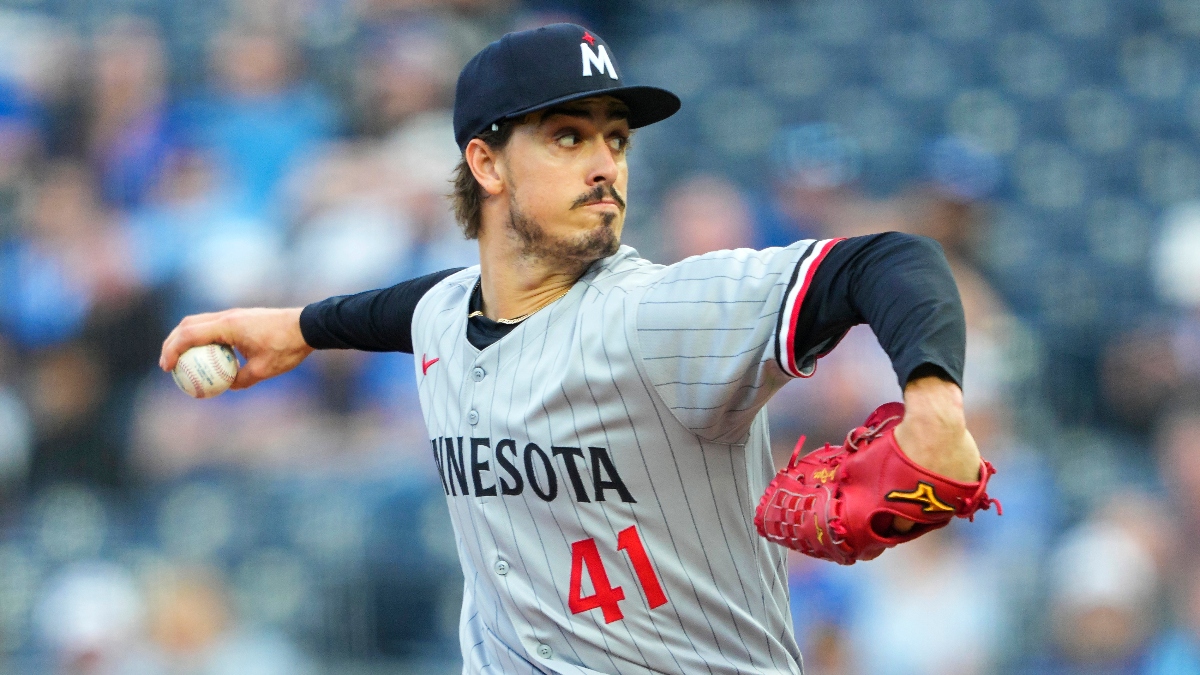This is Part I in our series Money Guts and Brains: The Mavericks Who Remade Sports. Check out Part II on Las Vegas bookmaker Roxy Roxborough, and Part III on Tyler, a Bitcoin investor and professional sports bettor who represents a new age in betting and fandom.
He was drunk, wobbling up the steps of the rickety, ancient ballpark in the middle of the day.
Who could blame him? The team was bad, the days were long, the future was bleak. It had been decades since the Cubs had won the World Series, mired in a stretch of just three first-place finishes in 10 years.
It was the middle of the Great Depression. A lot of people were drunk, broke, bored, scared. They were looking for diversions of any kind.
“I’ll bet you 8 to 5 the drunk falls,” a fan in the stands said to his buddy.
He wasn’t kidding. Charles McNeil was in his 30s, a pole-thin, six-foot, football-obsessed mathematical genius with a degree from the University of Chicago. He had been gambling most of his life, parlaying a gift for numbers, a confidence in himself and an obsession with sports, into a side hustle.
No moment was too small to calculate. Little numbers led to big numbers that more than supplemented his meager salary as a Depression-era securities analyst.
[The Inaugural Sports Betting Hall of Fame Class]
At least until he lost his job. Not because the bank went under or he fleeced a client. He had been setting odds on the next person the bank would fire and put the president of the company as the favorite at 3-1. Further down the list he put himself, at 8-1.
The boss found out. He didn’t like the odds, or the game. And soon McNeil found himself unemployed, spending his days at Wrigley Field, betting on disappointing Cubs teams and fall-down drunks.
And in that flash of a moment, instead of finding a new job at a flailing bank, he created an instrument that changed the future of sports forever. He called it “wholesaling odds.”
The rest of us know it as the point spread.

If you’re new here, the point spread is what bookmakers use to, essentially, level the game, making it easier for bettors to place their wagers. Before McNeil made his invention public in the 1940s, bets were placed on what they called moneyline odds. The Bears would be -350 favorites against the Packers, for example. That meant, if you wanted to win $100 on the Bears, you had to bet $350 on the moneyline. That’s a pretty hefty tax.
And, unless you grew up reading Damon Runyan novels, that kind of math was, and still is, a barrier to entry for a lot of people.
McNeil evened things out. In his system, the Bears could be seven-point favorites over the Packers, and all you had to know was that, if the Bears won by more than seven points, you won your bet. No math; just fandom.
Given how long betting has been around — Egyptian tombs dating back to 3500 BC have been found that depict noblemen playing a crude game of dice — it’s easy to forget, if you ever knew at all, what a relatively modern invention the point spread really is.
[The Day Jared Lorenzen Told His Friends the Super Bowl Gatorade Color]
But, over the past 80 years or so, since McNeil first posted the spread, it’s become the fulcrum upon which an entire industry has pivoted. And, I’m not just talking about betting.
The modern era of sports is inherently tied to wagering. I don’t mean black-and-white tinged, point-shaving scandal memories. I mean the technicolor version: cheerleaders, ratings, marketing spends, massive affiliate fees, bonzo media deals, stadiums packed to the clouds, flyovers, March Sadness memes, broadcasters making $17M a year. The six-inches-in-front-of-your-face version of sports we desperately miss right now.
Among those who think about these things, the common understanding is that the NFL, and modern sports, became what it is today because of a single-game: The 1958 NFL Championship, the first pro football game broadcast nationally, which ended with the Colts beating the Giants in sudden death overtime on Alan Ameche’s one-yard touchdown dive. It became known as the Greatest Game Ever Played.
However, that was just the tipping point, the moment when Mad Men everywhere looked up and said, wow, this football is really somethin’.
But, as is the case with anything that overwhelms us — like, for example, an online digital marketplace or, sorry, a virus — it began with something smaller until it eventually filled our entire field of vision.

McNeil’s point spread had been influencing betting markets for nearly two decades when Ameche plunged into the end zone. In the early 1940s, after winning so much that local Chicago bookmaking joints cut him off, McNeil opened his own shop. At first, he offered his wholesale odds on NFL games. Then college football games. Then college basketball.
One sport that didn’t get the point spread treatment: Baseball. Not enough scoring. The national pastime was, as it continues to be, a moneyline-heavy sport, befuddling newbies and irritating casual bettors.
The point spread is a set of training wheels; the moneyline is riding a road bike in the French Alps. And it is foundational in understanding how football, over the past 70 years, evolved into a national obsession. Or, as William Barry Furlong wrote of McNeil in the The New York Times way back in 1977, “The National Football League may owe as much to him as it does to anyone.”
Meanwhile McNeil quickly learned what happens when you come up with a good idea: People like to muscle their way into the biz.
In this case, it was the mafia, which came knocking because it wanted, “to go partners with my brain,” according to a Sports Illustrated story from 1986. Instead, McNeil jumped to the other side of the counter, using his wits and system to spend the next 30 years betting for himself.
[That Time Taiwanese Gangsters Asked A Pro Baseball Player to Throw a Game]
By his accounts, according to The Times, he bet in units of $11,000, sometimes upwards of 10 units a game. As in, $110,000 per game. Through the 1950s, SI published that McNeil claimed he was betting at least $200,000 every weekend on college football and, in an average season, cleared $320,000 in profit. That’s about $3M today.
"There are three things a gambler needs,” McNeil allegedly once said, “money, guts and brains. If you don't have one, you're dead. I've got all three."
Next Up
Part II:Roxy Roxborough, Oddsmaker to the World
Part III: The Money Generation: A New Era of Fandom and Betting



















































